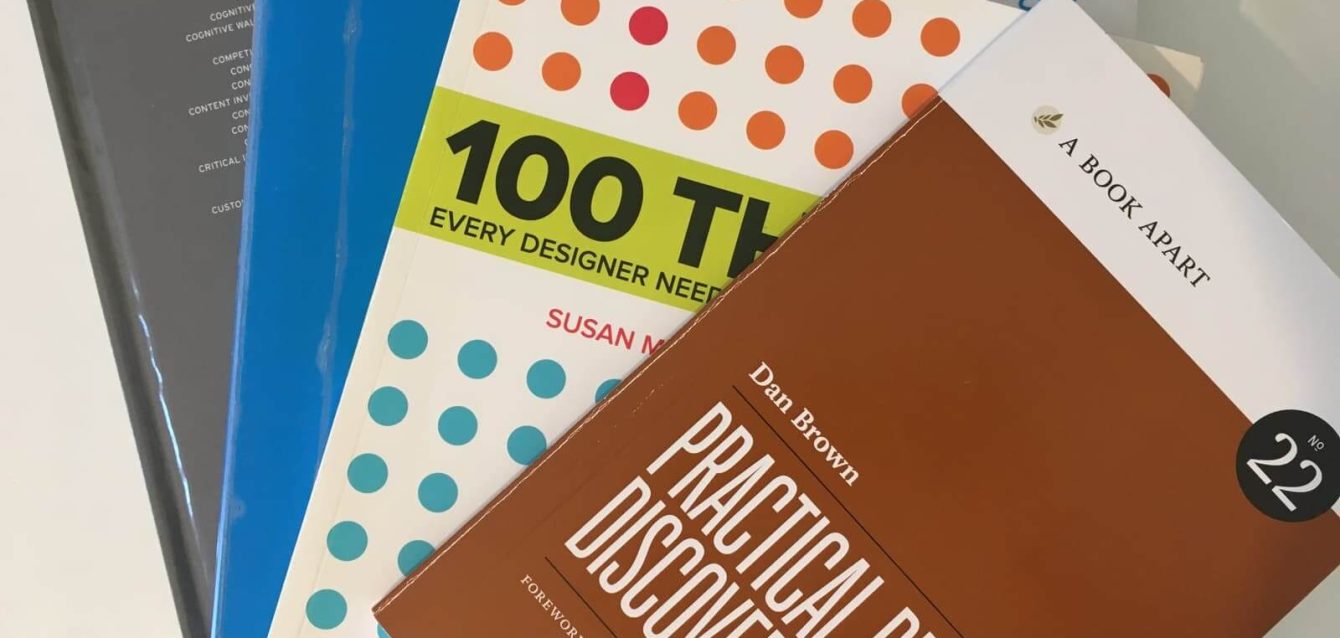There are a lot of great UX books these days. And if you’re looking to build out your UX designer bookshelf, you’re at the right UX article.
The good thing is that many of the principles described in these books are universal covering areas such as design, product, and business. That’s why those can also be applied to other areas of life and work, even if you are not a UX designer. After all, the design is not just about aesthetics! And like Sir Francis Bacon said, “knowledge is power”.
In the compiling list below, you will find my favorite and essential, new and old, UX books. To help you have a better context of each book subject, I’ve made a brief summary of each.
The Design of Everyday Things
Don Norman
We must design for the way people behave, not for how we would wish them to behave
The Design of Everyday Things it’s one of the best UX design books out there. Essential to your UX bookshelf. A classical that sets the foundations behind user experience design.Containing examples of both good design and bad design, as well as clear rules that designers can use to improve the usability of objects like doors, computers, cars, etc. One of the main takeaways is the responsibility of designers to help to prevent possible errors that people can make while using products. The key is to provide the correct affordances. That’s why this book is so inspiring and useful for UX designers. It makes you see how to perceive the UX design from a novel perspective, the user experience world.
Don’t Make Me Think!: A Common Sense Approach to Web Usability
Steve Krug
Making every page or screen self-evident is like having good lighting in a store: it just makes everything seem better.
This is one of the most popular UX books in the user experience and usability field. First published in 2000 and since then this UX book has been the bible of user experience for most UX designers. The book is all about usability, with a focus on user interfaces and user experiences. The key idea is: if you make people think, you make them unhappy. Users want to know what they should do immediately! If the user has to think about a particular action or task, then the digital experience should be improved. Basically, users should not have to figure out or interpret a digital interface at each update or release, it should just work the way they expect. So, be coherent and don’t try to reinvent the wheel.
For me, it’s a straightforward guide to make the digital interface easy for users. Providing a lot of illustrations, photos, clear navigations, and vivid examples of UX design which make it really fun to read and simple to understand. And I truly recommend it to those who want to learn interface design and UX design from scratch.
Practical Design Discovery
Dan Brown
Design begins not just with a vision of the desired outcome, but also with a statement of how we’re trying to help change the user’s world.
Dan Brown’s Practical Design Discovery makes part of my UX design bookshelf because it sets out a straightforward way for UX designers to incorporate discovery mindset into their practice.This UX book gives a clear framework and understanding of the discovery approach in the design process. As the author says, every design project includes discovery work. So, it’s vital that a UX designer understands it to improve the user experience journey.Discovery involves researching and framing the problem to be solved, in order to gather the right direction on what to do next. There are plenty of books about Research Techniques – like the next one – but this one is really helpful as it ties different activities together, in a variety of contexts and scenarios.
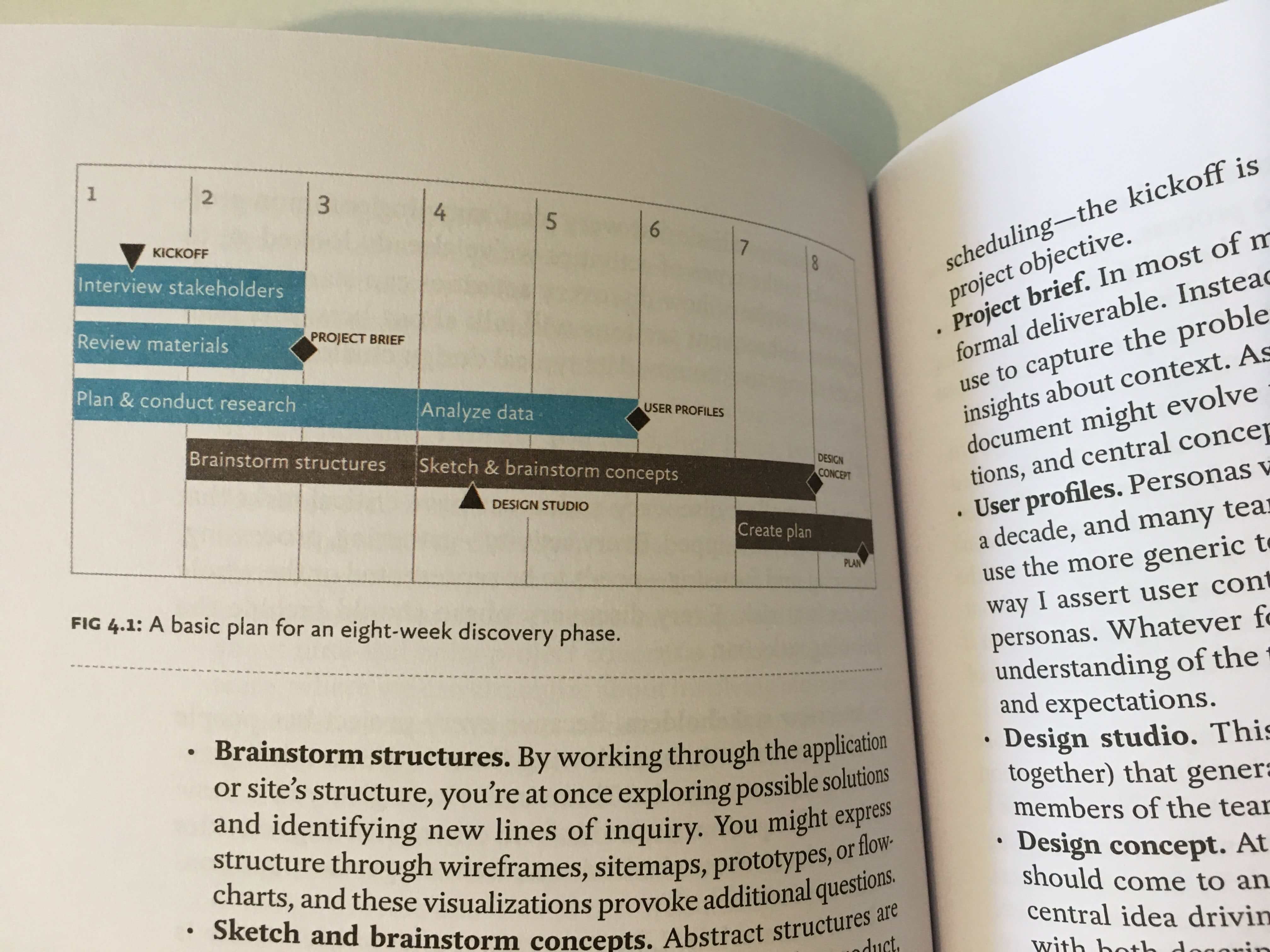
Universal Methods of Design: 100 Ways to Research Complex Problems, Develop Innovative Ideas, and Design Effective Solutions
Bruce HaningtonIn this UX book, I found 100 useful research activities and deliverables for user-centered design. It presents a concise description of each method, characterizes analysis techniques at a glance, and deliverables for each design phase. And contains compelling visual graphics and case studies for each method presented.But there’s more! This UX book will not only help you build more meaningful products with those methods, as it is an essential guide to dismantle the myth that user research methods are complicated, expensive, and time-consuming.Even if you only use a very small part of the presented techniques, it is always interesting to discover different methods.When you start reading it you won’t be able to stop, because it distills each method down to its essence, in a format that will help you (and your UX designers team) select and implement the most appropriate research methods suited to your design project or to better prioritize your UX design research strategy.
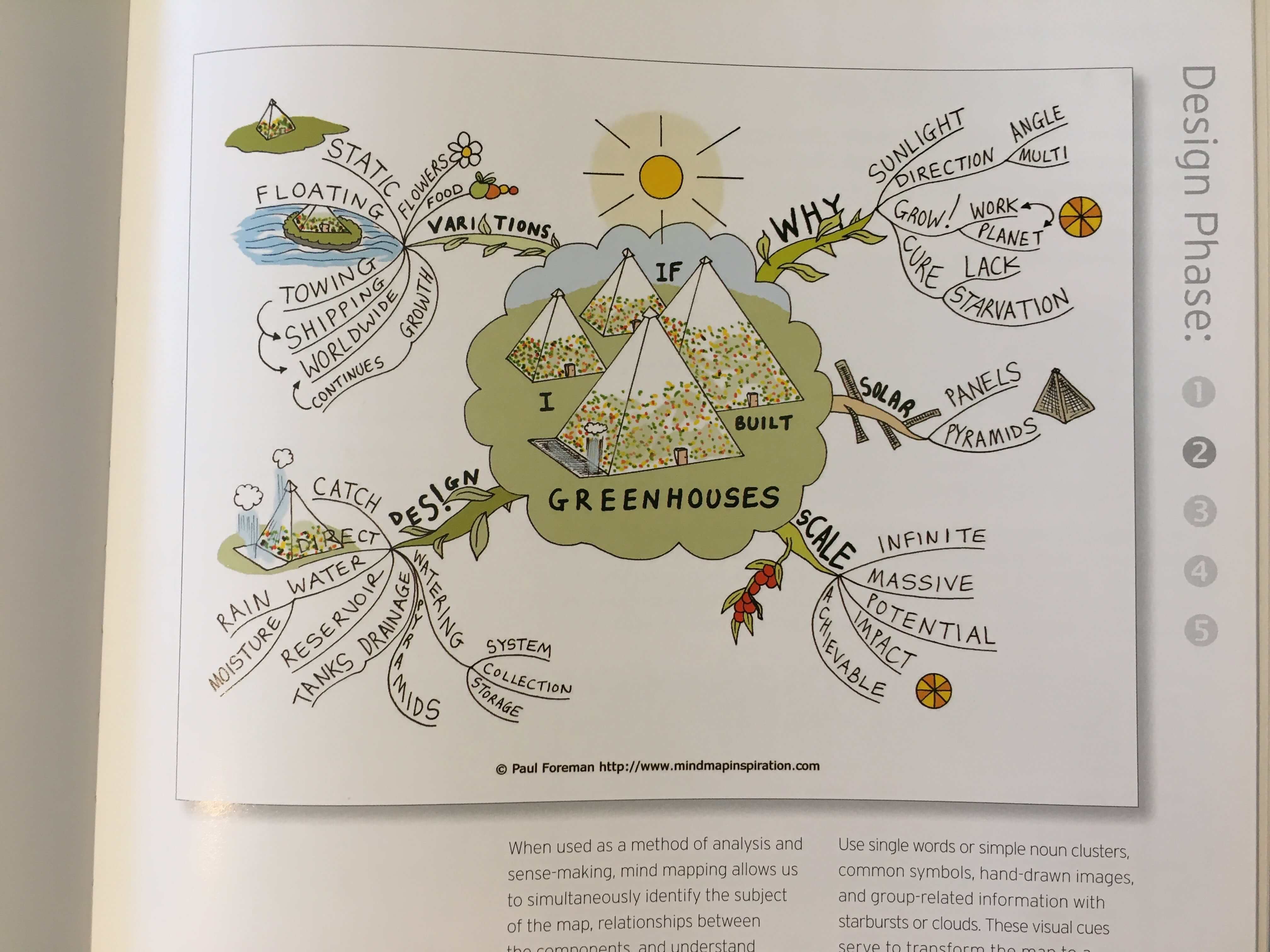
Universal Principles of Design: 125 Ways to Enhance Usability, Influence Perception, Increase Appeal, Make Better Design Decisions, and Teach through Design
William Lidwell
This UX book covers the core building blocks of design theory for disciplines from a cross-disciplinary perspective, from graphic and product design to user interface design. Richly illustrated and easy to read, it pairs common design concepts with visual examples that illustrate them in practice. This UX book actually provides 125 ways to enhance usability, to increase visual appeal, and to improve the user experience design.
More than a useful UX book it’s a great resource to broaden your UX design awareness.
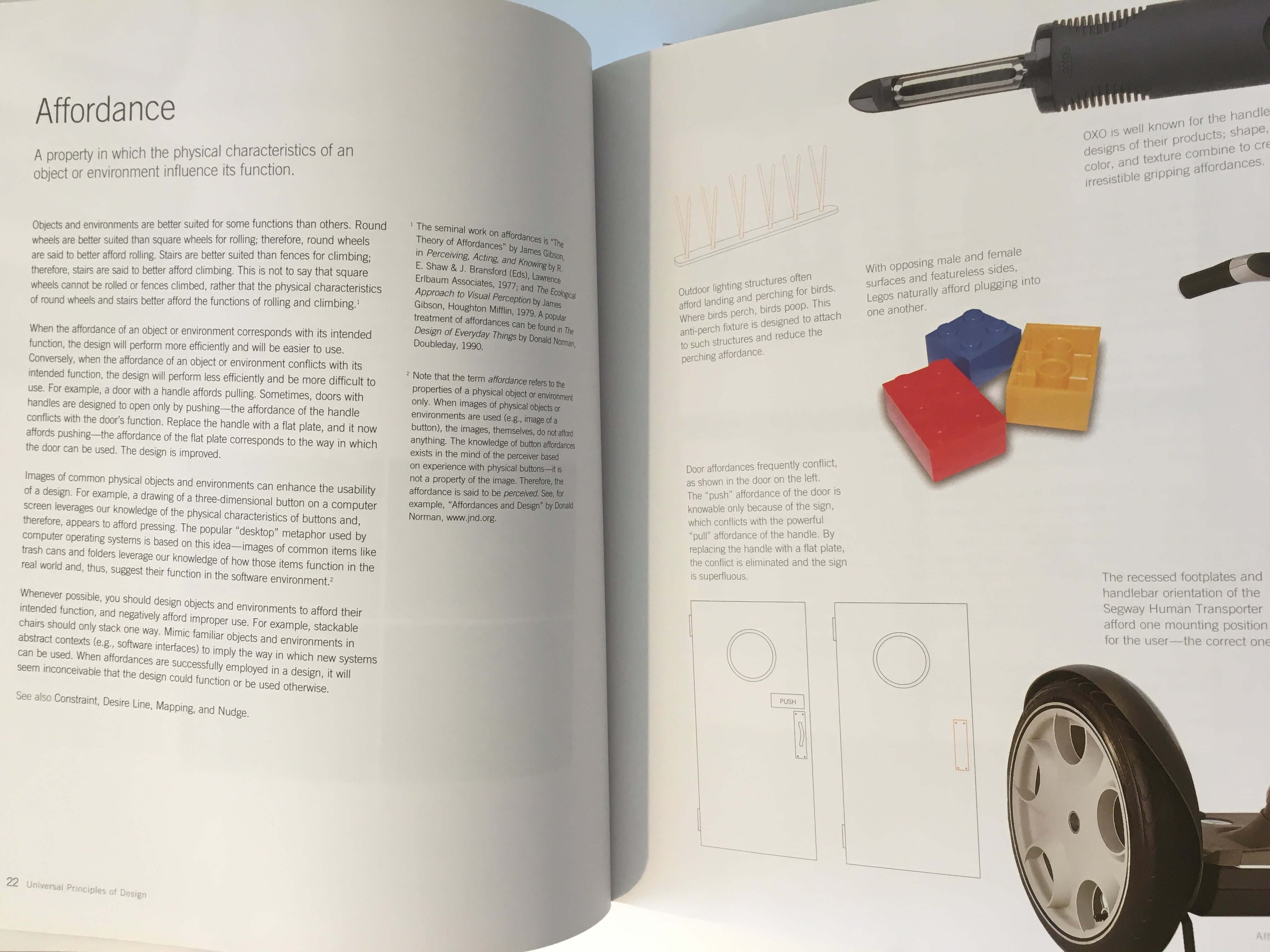
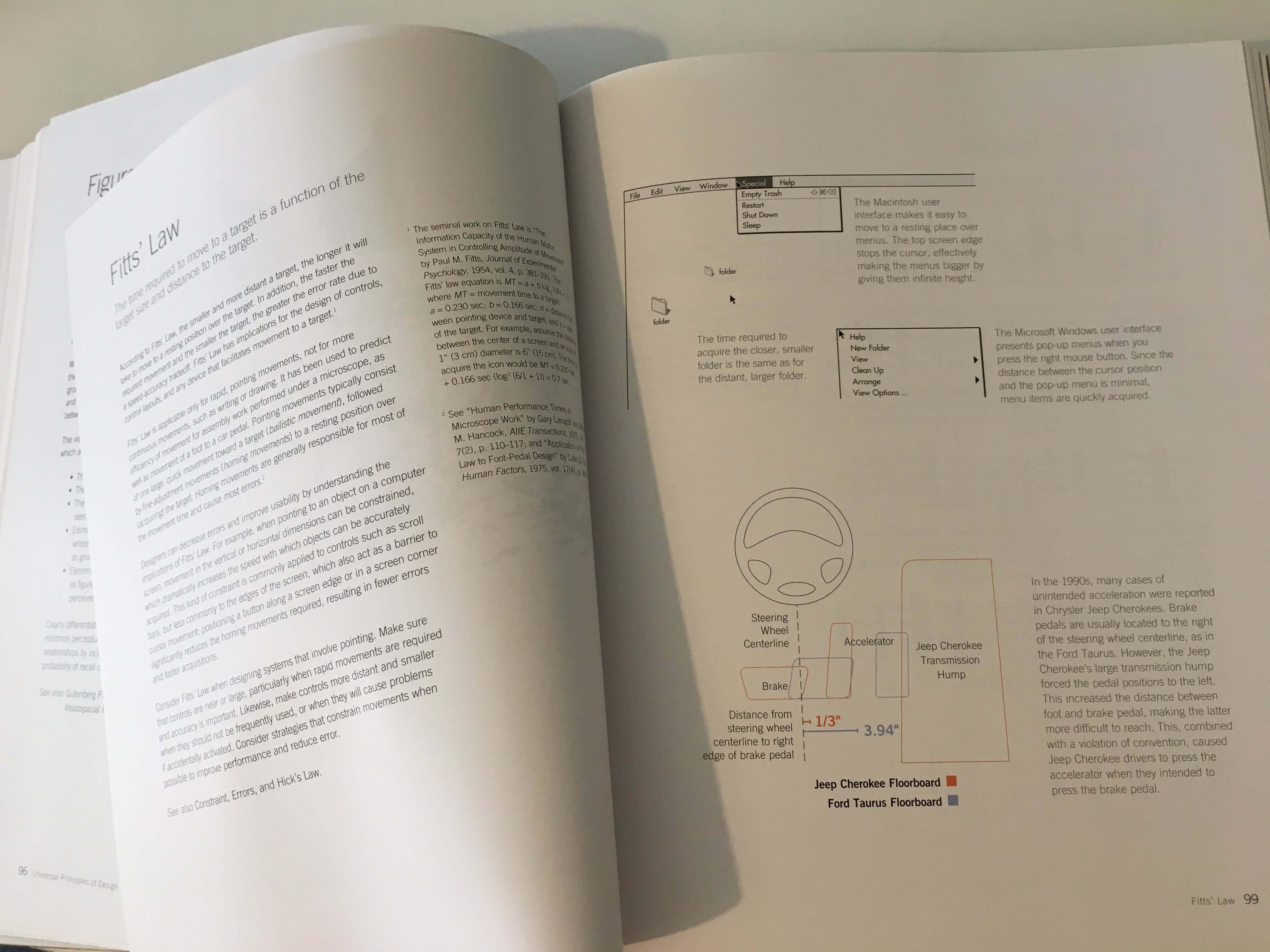
100 Things Every Designer Needs to Know about People
Susan Weinschenk
The totality of your audience’s experience is profoundly impacted by what you know – or don’t know – about them.
This is one of my favorites UX books and is all about people: how people what they see, read, remember, think, focus attention, get motivated, feel, make mistakes, and decide. It’s all about how and why users do what they do, and how to tap into those factors through design. It contains a series of facts related to human perception and psychology and very useful takeaways to consider when designing digital products. In my point of view, this UX book will help you create a more intuitive and engaging design. In the end, any UX designer can be great at designing beautiful digital interfaces, but if he doesn’t understand the user’s behaviors and needs, his work won’t have the desired impact.
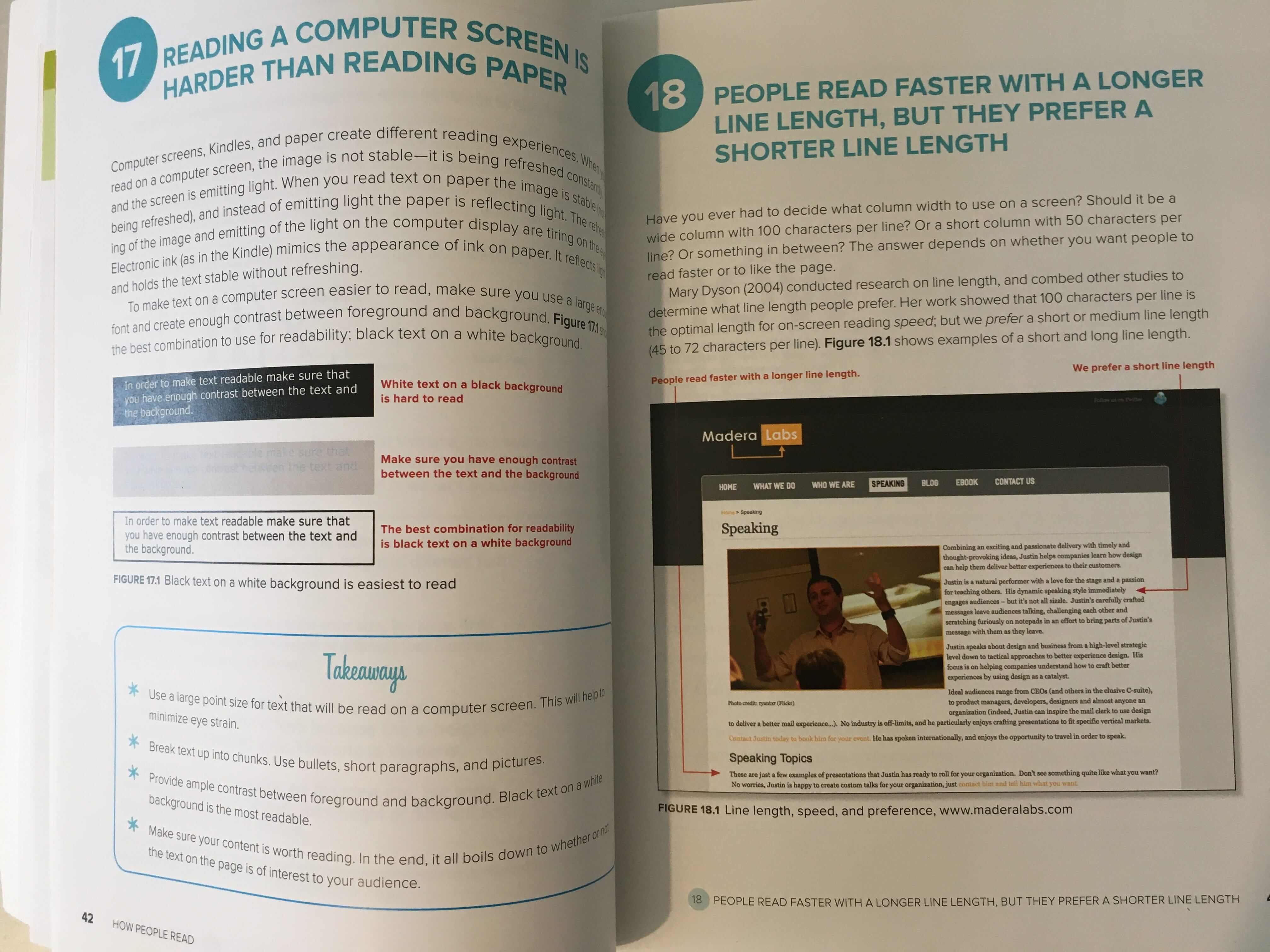
The 6 UX books of my UX design bookshelf presented above cater to any skill level and will help you strengthen your UX design skills in your professional life.
Thus, I hope you see this collection of UX books as a bookshelf of thoughts colored by inputs from some of the brightest minds in UX design.
So, if you’re looking for something to read this summer why not start with one of these UX books? Or if you already read those ones, leave a comment below about them, let us know your favorites, and what would you add to the UX designer bookshelf!


